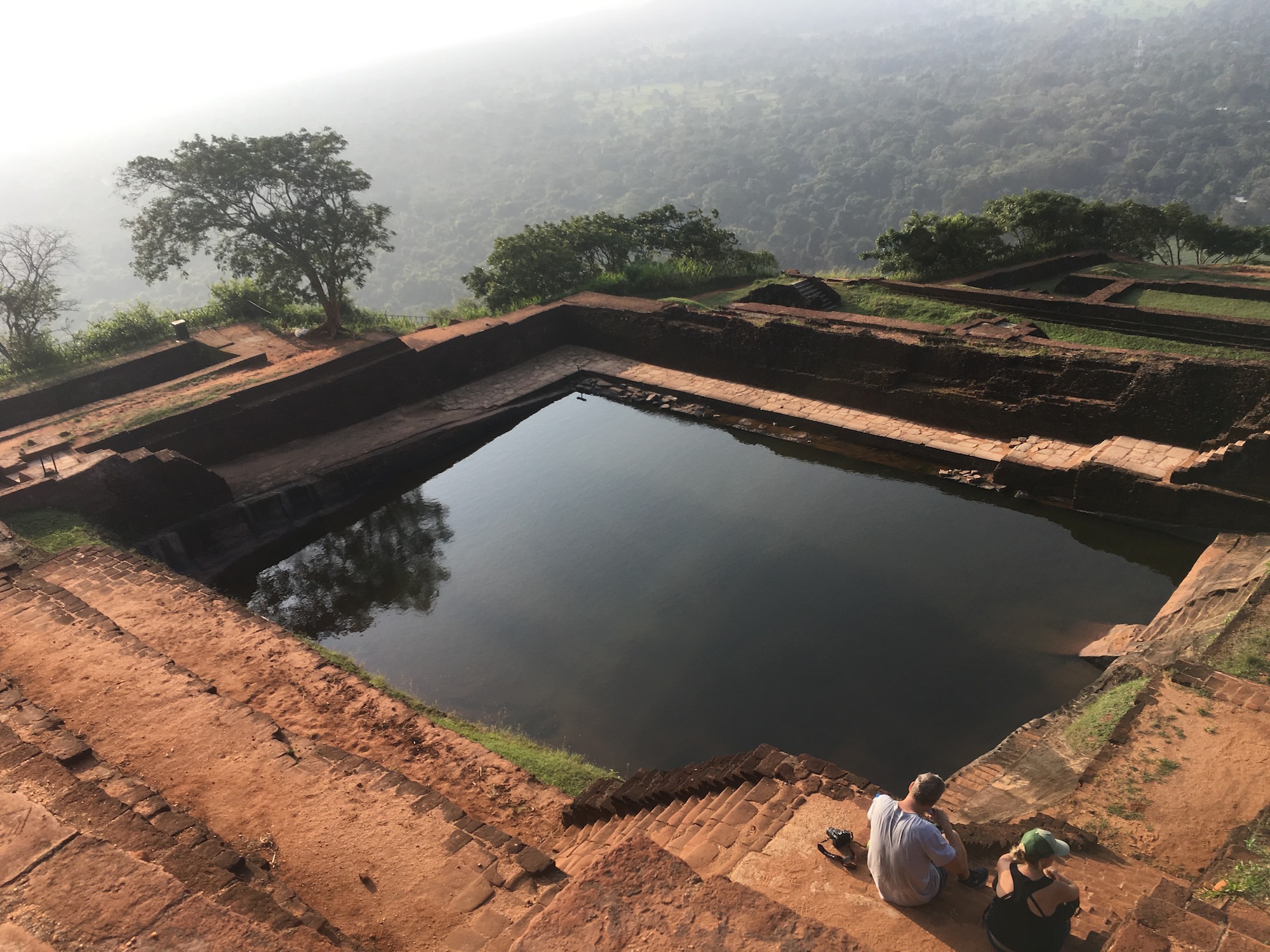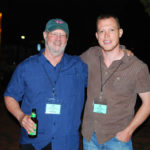One great thing about travel is the way it forces you to come to terms with the rich complexity of history – particularly the amazing historical sites you had no idea existed until you set off to wander the world.
Many fellow-travelers recommended that I visit Sigiriya when I was in Sri Lanka, but it wasn’t until I actually showed up at this plateau-perched 1500-year-old ruin that I came to appreciate what a rich testament to ancient urban-planning this old rock-fortress city is. Seeing Sigiriya made me realize how many other elaborate spectacles of human engineering I’ve never considered for the simple reason that they rarely show up in Western history books.
According ancient Sri Lankan chronicles, a king named Kashyapa moved his capital city from Anuradhapura to the top of this 600-foot rock outcropping at the end of the fifth century, as a protective measure against enemy forces in the area. In addition to defensive bulwarks, palaces, and hydraulic systems, Sirgiriya featured geometric symmetries in its architectural layout, and colorful frescoes painted across its cliff-sides.
Sigiriya (sometimes called Sinhagiri) means “Lion Rock,” and to this day the main portal to the summit features a giant pair of leonine paws carved into the stone. The fortress city declined after the death of King Kashyapa in 495AD, but its facilities were later converted into a Buddhist monastery complex, which survived into the 14th century.
I only know these facts from retrospective research, however: At the time of my visit, I perceived that the Sigiriya complex was brilliantly designed, mind-blowingly intricate, and, to me, an utter historical mystery. I walked past the site’s caves, pools, and shrines not certain what I was seeing, yet convinced nonetheless that it belonged in the global pantheon of human engineering.
Note: “Dispatches” are short vignettes, profiles, and mini-essays written and posted from the road, often in tandem with my Instagram account. For more full-formed writing, check out my book Marco Polo Didn’t Go There, or the Essays or Stories archives on this site. I don’t host a “comments” section, but I’m happy to hear your thoughts via my Contact page.





